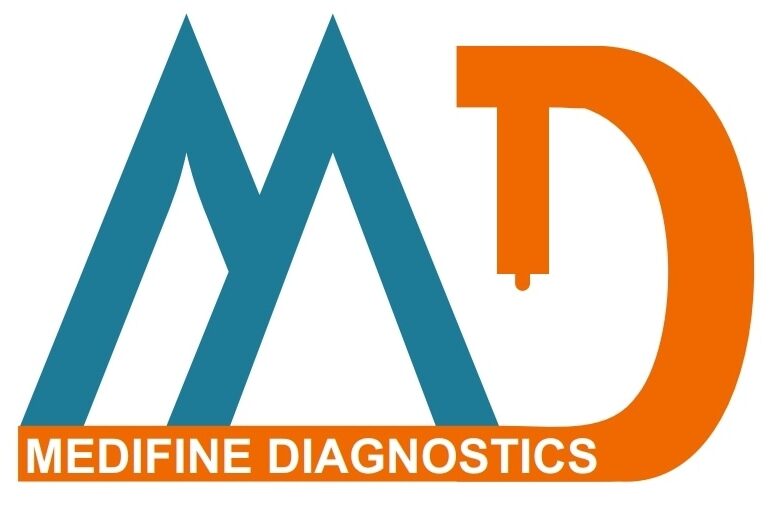The Troponin I test is a blood test that helps doctors check for heart damage. It is very important in heart health, especially when a heart attack is suspected. Because the Troponin I test is a key tool for heart attack diagnosis, many people have questions about what it can and cannot do. In this blog, we will explore common myths and facts about the Troponin I test. We will also explain when doctors use this test and what the results mean.
Common Myths About the Troponin I Test
Facts About the Troponin I Test
When and Why is the Troponin I Test Used?
Doctors use the Troponin I test mainly to check for heart damage. Often, they order this test if you have chest pain, shortness of breath, or other signs of a possible heart attack. The test measures the amount of Troponin I, a protein released when the heart muscle is injured.
Here are some common reasons for the test:
Doctors draw a small amount of blood for the test. If Troponin I levels are high, it may mean heart muscle damage. However, doctors look at your whole health picture before making a diagnosis.
What the Troponin I Test Cannot Tell You
Although the Troponin I test is helpful, it has limits. For example, it cannot show the exact cause of heart damage. It also cannot tell how much damage has happened or if you will have future heart problems. The test does not replace other heart tests, such as an ECG or imaging scans.
Frequently Asked Questions
Conclusion & Call-to-Action
In summary, the Troponin I test is a valuable tool for assessing heart health. However, it is not perfect and should be used alongside other tests and your doctor’s advice. If you have questions or concerns about your heart, don’t wait. Consult a healthcare professional at Medifine Diagnostic Center for personalized guidance regarding the Troponin I test.

